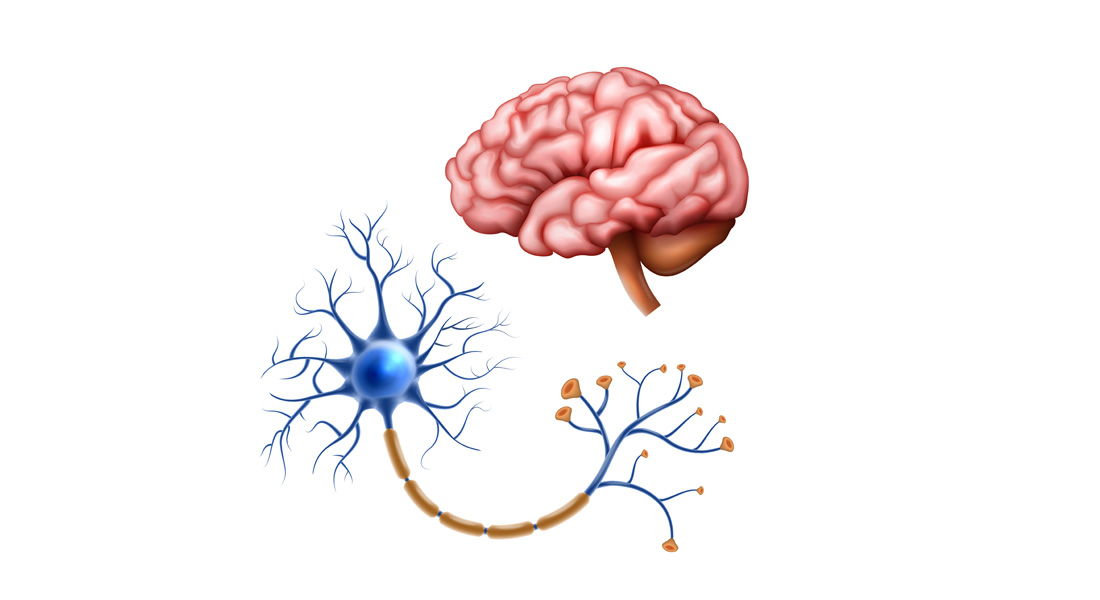The Nervous System
The nervous system plays a crucial role in maintaining homeostasis (balance) in the human body. It utilizes sensory receptors to gather information about changes in both internal and external environments. The nervous system is a complex network of interconnected systems composed of various subsystems, each with specific structures and functions.
Structure and Function of Neurons
Neurons (Nerve Cells)
- Basic Elements: Neurons are the fundamental units of the nervous system.
- Components:
- Cell Body (Soma): The main processing center of the neuron.
- Dendrites: Thin branching extensions that conduct nerve impulses toward the cell body.
- Axon: A single branch that carries nerve impulses away from the cell body.
- Myelin Sheath: A protective covering that insulates the axon and increases impulse transmission speed.
- Terminal End Fibers: Located at the axon’s end, these fibers transmit impulses across a synapse to the next neuron.
- Nucleus: Contains the cell's genetic material and regulates its functions.
Impulse Transmission
- Impulses travel along the axon and are transmitted to the next neuron via neurotransmitters across the synapse.
Properties of Neurons
- Excitability: The ability to respond to stimuli.
- Conductivity: The ability to transmit nerve impulses.
Types of Neurons
- Efferent (Motor) Neurons:
- Convey information from the Central Nervous System (CNS) to muscles and glands.
- Afferent (Sensory) Neurons:
- Carry information from sensory receptors to the CNS.
- Interneurons:
- Process and relay sensory information within the CNS.
Neuroglia (Supporting Cells)
- Function: Support, protect, connect, and remove debris from the nervous system.
- Types:
- Astrocytes: Supportive roles and blood-brain barrier maintenance.
- Oligodendroglia: Produce the myelin sheath in the CNS.
- Microglia: Act as immune cells in the brain.
Major Components of the Nervous System
1. Central Nervous System (CNS)
- Components: Composed of the brain and spinal cord.
- Functions: Integrates and coordinates sensory and motor information, controls higher functions like memory, learning, and emotion.
2. Peripheral Nervous System (PNS)
- Components: All nerves that connect the CNS to the rest of the body.
- Function: Carries sensory and motor information between the CNS and organs/tissues.
Central Nervous System (CNS) Details
Brain
- Weight: Approximately 3 pounds in adults; 75% water.
- Oxygen Consumption: Uses 20% of the body's oxygen supply.
- Neurons: Contains over 100 billion neurons.
- Parts of the Brain:
- Cerebrum: Responsible for higher cognitive functions.
- Diencephalon: Contains the thalamus and hypothalamus, involved in sensory relay and homeostasis.
- Brain Stem: Includes the midbrain, pons, and medulla oblongata; controls basic life functions.
- Cerebellum: Coordinates movement and balance.
Brainstem
- Midbrain: Involved with visual reflexes.
- Pons: Controls certain respiratory functions; connects different parts of the brain.
- Medulla Oblongata: Regulates heart rate, breathing, and reflexes such as swallowing and coughing.
Cerebellum
- Location: Inferior to the occipital lobes of the cerebrum.
- Function: Coordinates musculoskeletal movements, maintains posture, balance, and muscle tone.
Cerebrum
- Structure: Divided into two hemispheres, connected by the corpus callosum.
- Lobes:
- Frontal Lobe: Involved in decision-making, problem-solving, and emotional regulation.
- Parietal Lobe: Processes sensory information related to touch, temperature, and pain.
- Temporal Lobe: Involved in hearing, memory, and language.
- Occipital Lobe: Responsible for visual processing.
Diencephalon
- Components: Thalamus, hypothalamus, epithalamus.
- Functions: Acts as a relay center for sensory information; regulates vital functions like heart rate, blood pressure, and temperature control.
Spinal Cord
- Structure: Extends from the medulla oblongata to the lumbar region of the spine.
- Function: Transmits signals between the brain and the body; protected by the vertebral column and meninges.
- Meninges Layers:
- Dura Mater: Tough outer layer.
- Arachnoid Mater: Middle web-like layer containing cerebrospinal fluid (CSF).
- Pia Mater: Innermost layer containing blood vessels.
Peripheral Nervous System (PNS) Details
- Function: Connects the CNS to the limbs and organs; responsible for both sensory and motor functions.
- Divisions:
- Sensory (Afferent) Division: Carries information to the CNS.
- Motor (Efferent) Division: Carries information from the CNS to muscles and glands.
- Somatic Nervous System: Controls voluntary movements.
- Autonomic Nervous System: Regulates involuntary functions (divided into sympathetic and parasympathetic systems).
Cranial Nerves
- There are 12 pairs of cranial nerves, each with specific functions:
- Olfactory: Sense of smell.
- Optic: Sense of vision.
- Oculomotor: Eye movements.
- Trochlear: Aids eye muscle movements.
- Trigeminal: Sensation in the face and motor functions for chewing.
- Abducens: Controls eye movements.
- Facial: Taste, facial expressions, and glands.
- Vestibulocochlear: Hearing and balance.
- Glossopharyngeal: Taste, swallowing, and salivary glands.
- Vagus: Controls heart and digestive tract functions.
- Accessory: Controls muscles in the neck and shoulders.
- Hypoglossal: Controls tongue movements.



Free Videos